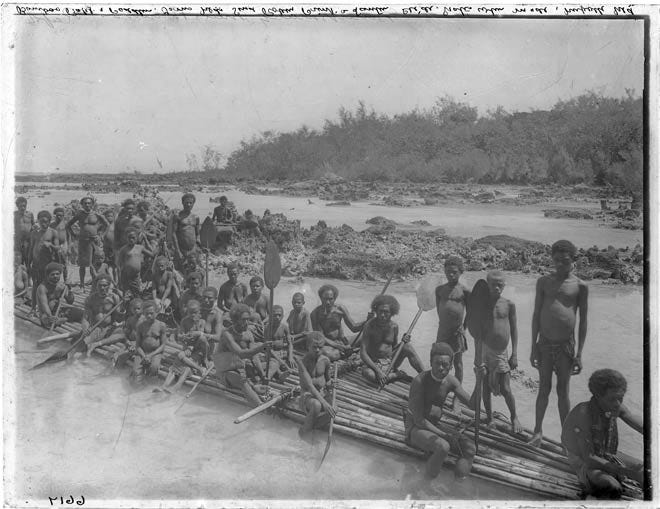Infinite Voyage of the Navigational Mind
How did primitive seafaring alter us?
In “Around Cape Horn,” a video produced by Mystic Seaport in 1980, Captain Irving Johnson narrates film footage from his first voyage on board the SS Peking, a four-masted, steel-hulled barque, during 1929. The largest ship in the world of its kind at that time, the Peking was entir…
Keep reading with a 7-day free trial
Subscribe to Polemology Positions to keep reading this post and get 7 days of free access to the full post archives.


